"Paul César Helleu (1859-1927): "mother And Child Playing" Drypoint"
Paul César HELLEU (1859-1927): "Mother and child playing hide and seek" Drypoint, handwritten signed lower right, Sheet size: 50 x 58 cm, bowl size: 30 x 40 cm. Paul-César Helleu is a French painter and engraver, born in Vannes on December 17, 1859, and died in Paris (7th arrondissement) on March 23, 19271. He inspired Marcel Proust, the character of the painter Elstir in In Search of Lost Time . Biography After the death of his father, customs inspector, Paul-César Helleu was sent to Paris to the Lycée Chaptal. In 1876, he was admitted to the Ecole des Beaux-Arts in Paris in the studio of Jean-Léon Gérôme, but it was by open-air painters that he was especially attracted. He befriended Whistler and Sargent then with Claude Monet whom he met at Durand-Ruel during the second exhibition of the Impressionists. In order to survive, Helleu worked for the ceramist Théodore Deck for whom he painted the decorations for dishes. There he met Giovanni Boldini with whom he was bound by a very long friendship. With Jacques-Émile Blanche, he shared a passionate taste for England since a trip to London in 1885. The same year, he tried drypoint engraving with a diamond point offered by James Tissot. In 1884, Madame Guérin commissioned him for a portrait of her daughter Alice (1869-April 1933) 2 - "the multiform Alice whose pink hair illuminates so many copper mirrors with its reflection", as Robert de Montesquiou3 recalls - including he falls in love and whom he marries two years later. The pastel produced on this occasion as well as La Gare Saint-Lazare will be presented at the Salon of 1885. In 1886, already noticed in several exhibitions, he refused with his friend Monet to participate in the eighth Salon of the Impressionists, despite requests from Edgar Degas . The following year, Robert de Montesquiou bought him a set of six engravings. From this meeting will be born a deep friendship with the writer who will put him in touch with his cousin, Countess Greffulhe. Invited by the latter to stay in his Château de Bois-Boudran, he made about a hundred sketches of her, very few of which were exhibited, and most of which belonged to private collections4. From that moment, the artist entered Parisian society and became a fashionable portrait painter. In 1893, he began a series of stained glass windows in cathedrals and, the following year, he changed the theme and painted in the park of Versailles. In this regard, in 1894, Paul Helleu is in full triumph. The painting he presented at the Salon that year, Les Grandes Eaux du bassin de Latona, and which represents one of the basins of Versailles, was so large that it had to be supported by a metal frame. The painting receives an excellent reception. Nevertheless, it is above all as a portrait painter of the aristocracy that the painter is recognized and it is in this environment that he finds the women who inspire him. It is nevertheless his wife Alice that he represents most often in his paintings and who remains his favorite model5. In 1897, he exhibited at the Salon du Champ de Mars his paintings from Versailles and seascapes. Helleu is an innovator who attracts the admiration and curiosity of his contemporaries. Unlike the pronounced taste of the time for dark interiors, in 1889, he had the walls of his Parisian apartments at no 68 boulevard Pereire, then no 45 rue Émile-Menier, painted white. Helleu was soon in demand from all sides: in 1895 he exhibited in London, where the exhibition catalog was prefaced by Edmond de Goncourt6, which established his fame. He then met Marcel Proust, who was introduced to him by Montesquiou, and began a deep relationship with him which would inspire the author to play the character of the painter Elstir in In Search of Lost Time; like Elstir, Helleu is passionate about the sea. Helleu will engrave the portrait of Proust on his deathbed. To the pleasure of the yachtman, who spends most of his time on superb boats - he will own four - the painter discovers new sources of inspiration as well in the toilets of the women as in his visions of water and sky. , sometimes veiled, sometimes bluish. The “Helleu style”, which characterizes elegance or refinement and feminine grace, achieved immense success in Paris, London and New York, where he went from 1902. In 1912, he was awarded a commission to decorate the ceiling of the lobby of the Grand Central Terminal in New York, on the theme of the signs of the Zodiac: a starry vault, crossed by a zodiac with gold signs and a silvery Milky Way7,8. Paul-César Helleu died in 1927, following an operation, while he was planning a major exhibition of his paintings with Jean-Louis Forain. His work includes many painted or engraved portraits which illustrate the spirit of his time when frivolity and the cult of the past confronted industrial civilization. [Ref. necessary] Paul César Helleu and Alice Louis-Guérin had four children including Jean Helleu (1894-1985), official painter of the Navy, and Paulette Howard-Johnston (1905-2009) who bequeathed her entire collection (oils, pastels, drypoint, drawings and furniture from his father's workshop) at the Bonnat museum in Bayonne, which later became the Bonnat-Helleu museum. (Wikipedia) 



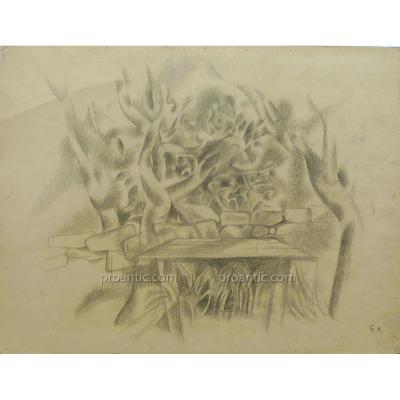

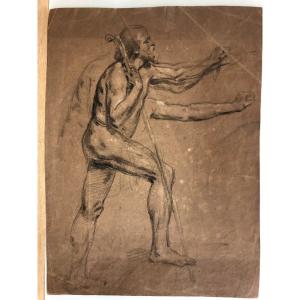

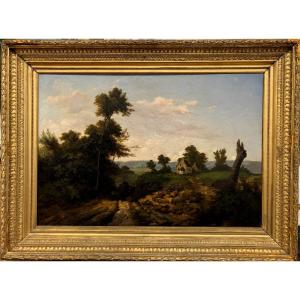
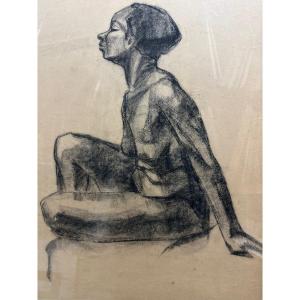
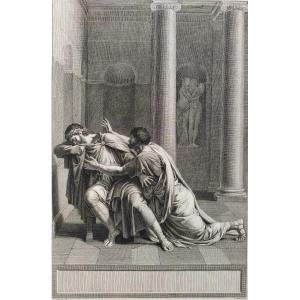
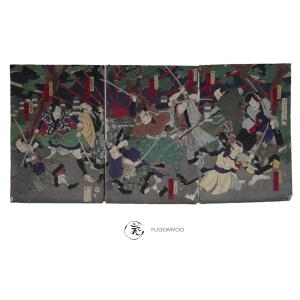








 Le Magazine
Le Magazine Rivista Artiquariato
Rivista Artiquariato TRÉSORS magazine
TRÉSORS magazine



